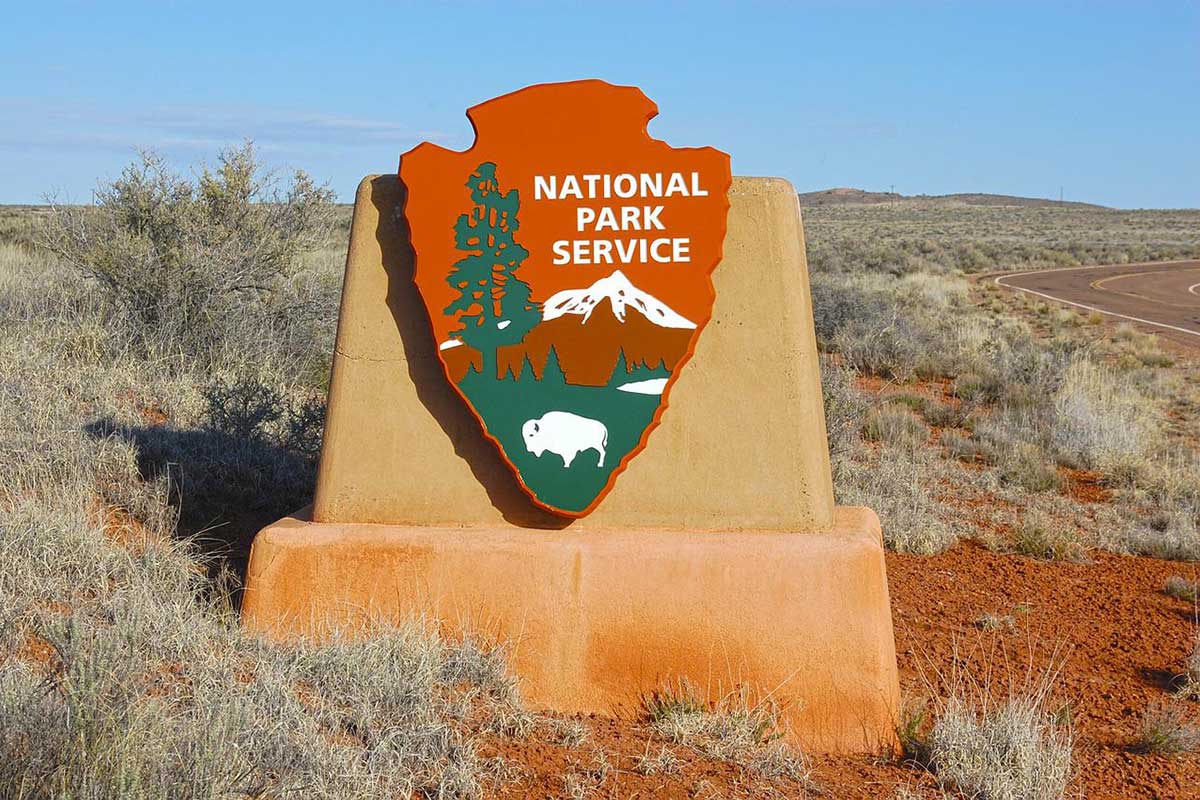The national park system in the U.S. includes incredible places that are the natural, historical, and cultural heritage of the country. There are 423 designated sites total in the national park system. Each specific designation has a different meaning, type of administration, and level of protection. Sometimes it can be a little confusing to understand what each means and how they differ, especially when you add on the fact that National Forests are not part of the national park system. This article aims to help you understand the differences between National Park vs. National Monument vs. National Forest.
First, let’s take a look at an overview of what each of these 3 designations actually are before comparing their key features.
What is a National Park?
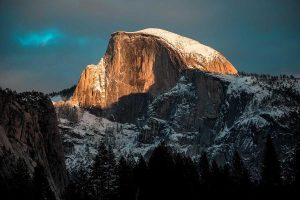
It can sometimes be confusing when you hear the term “National Parks” because it can generally refer to two different things. All designations within the national park systems are sometimes generally referred to as national parks, even if they are specifically designated as National Memorials or National Battlefields. Out of the 423 units in the national park systems, there are 63 National Parks found in the United States.
The 63 National Parks typically encompass large water or land areas and contain various resources or ecosystems. By designating these spaces as national parks, there can be adequate protection for the natural resources. The goal is to preserve these landscapes and keep them thriving for future generations to enjoy. So, although national parks offer recreational opportunities, land use is restricted to maintain the existing resources.
Examples within the 63 National Parks in the U.S. include:
- Yosemite National Park (California)
- Rocky Mountain National Park (Colorado)
- Glacier National Park (Montana)
- Great Smoky Mountains National Park (North Carolina and Tennessee)
What is a National Monument?
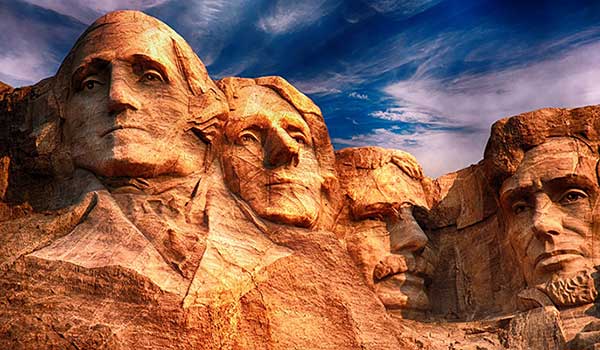
National monuments are structures, landmarks, and other objects of historical, cultural, or scientific interest located on lands owned or controlled by the government. These sites are created to honor an individual or group of people, commemorate a historical event, or preserve a site important to the public. As of August 2021, the U.S. has 129 national monuments.
The designation typically preserves one specific resource instead of a large space with various resources combined. Some places, such as the Grand Canyon, were initially protected as National Monuments before being elevated to National Park status. Some National Monument creations were also converted to other designations or incorporated into an existing National Park or National Forest.
Examples of National Monuments include:
- Aztec Ruins National Monument (New Mexico)
- Grand Staircase-Escalante National Monument (Utah)
- Pullman National Monument (Chicago)
- Statue of Liberty (New York)
What is a National Forest?
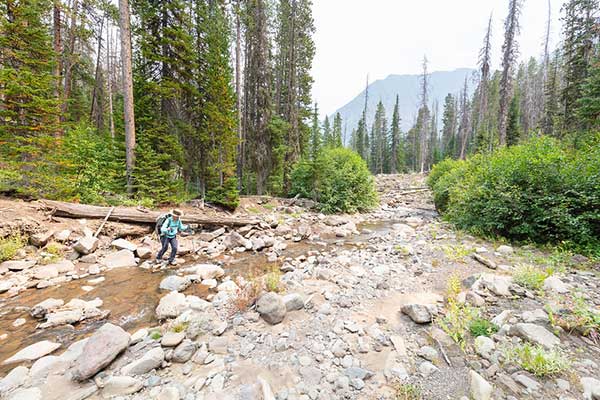
National Forests are large acres of federal land, including forests, woodlands, and grasslands that are protected and managed federally. The goal is to sustain the diversity, health, and productivity of forests within the U.S. to meet the needs of present and future generations.
There are currently 154 National Forests in the U.S. managed under a multiple-use concept. Meaning, that the resources on the land, such as timber and water, are used to serve the nation but still managed in a way that the land’s capacity for producing more isn’t reduced.
Most national forests are located near National Parks but are generally less crowded. For example, the Cherokee National Forest along with Pisgah and Nantahala forests surround the Great Smoky Mountains National Park and act as a protective buffer zone.
Other examples of National Forests include:
- Chugach National Forest (Alaska)
- Sequoia National Forest (California)
- Davy Crockett National Forest (Texas)
- Shoshone National Forest (Wyoming)
National Park vs. National Monument vs. National Forest
Now that you have an overview of what each is and examples, here are three specific features explaining how National Parks, National Monuments, and National Forests differ.
1. Creation process
National Parks and most of the other sites within the national park system need to be created via an Act of Congress. Congress will pass a bill that the President signs into law. Groups of locals can come together to push for the redesignation or protection of a local site by finding support from a local Congressperson who writes the bill to be approved.
National Monuments are the only types of sites within the national park system that the President can also designate. Presidential proclamation under the Antiquities Act of 1906 is the first and most common way for national monuments to be created in the U.S.
National Forests are not part of the national park system and are also designed by the President. The creation of national forests started in 1891 when the Forest Reserve Act gave the President the right to designate forest reserves, which are now called National Forests. President Theodore Roosevelt created the U.S. Forest Service in 1905 and transferred the care of all national forests to this new department.
2. Management and administration
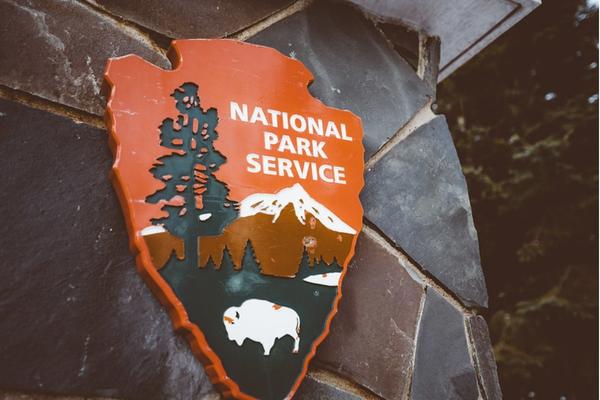
In the U.S., the National Park Service (NPS) administers all National Park designations within the national parks system. NPS is a federal agency under the Department of Interior (DOI).
National monuments can be managed individually or jointly by one or two of 8 different agencies. Who manages the site depends on the location and management goals. The 8 different agencies are:
- National Park Service (NPS)
- Bureau of Land Management BLM)
- Fish and Wildlife Service (FWS)
- United States Forest Service (USFS)
- Armed Forces Retirement Home (AFRH)
- United States Air Force (USAF)
- National Oceanic and Atmospheric Administration (NOAA)
- Department of Energy (DOE)
The U.S. Forest Service, under the Department of Agriculture (USDA), manages all national forests in the U.S. They are managed under a multiple-use concept, meaning they provide various services, including grazing, lumber, minerals, and recreation. While the land is mostly managed federally, states do have some involvement with wildlife management in National Forests.
3. Public use and access
National Parks and National Monuments are intended for viewing or outdoor recreation since they typically have plenty of cultural and historical components. The agencies management their aim is to preserve the space and limit alterations of the landscape and resources available. For example, hunting is not allowed in almost all National Parks or National Monuments. Most sites in the national park system also have dedicated entrances, including fees to enter or explore.
In contrast, National Forests are not limited to recreational use and have multiple functions. There can be grazing, logging, and mining in the forest space. Hunting is also allowed in National Forests. Their goal isn’t to preserve the space so it doesn’t change. Instead, they aim to sustain it so it can be healthy to use for present and future generations.
The focus of National Forests is also entirely on land management and you won’t find many historical structures, museums, or cultural monuments in National Forests. There are no official entrances and the boundaries of the National Forest only exist on a map. It makes it much easier to access recreational opportunities.
All National Designations
The national forest system includes national grasslands and other federal land designations, such as watersheds. The national park system also has different types of designations beyond national parks and national monuments. These additional designations that makeup over 400 sites in the U.S. include:
- National Parks
- National Battlefields
- National Battlefield Parks
- National Battlefield Site
- National Military Parks
- National Historical Parks
- National Historic Sites
- International Historic Sites
- National Lakeshores
- National Memorials
- National Parkways
- National Preserves
- National Reserves
- National Recreation Areas
- National Rivers
- National Scenic Trails
- National Seashores
- National Wild and Scenic Rivers and Riverways
- Other designations, including special sites such as the White House
